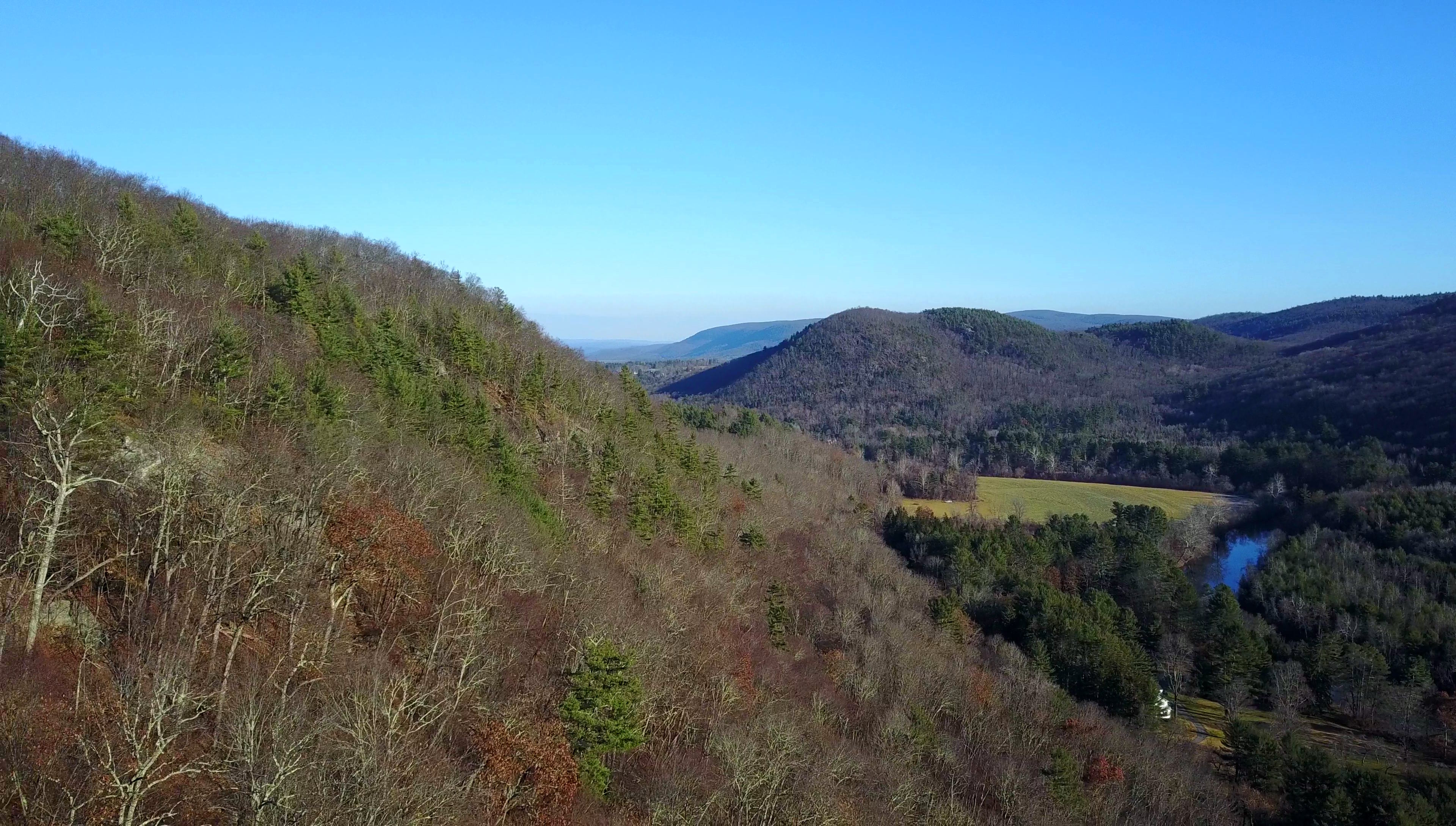
Thanks to a community that is very conservation-minded, the Salisbury Association Land Trust now preserves more than 3,500 acres of important forest, agricultural, ecological and scenic resources in conservation easements and fee land ownership.
Our Dark Hollow and Sycamore Field Preserves have hiking trails that are open for the public to enjoy. The town’s popular Railroad Path includes some of our protected land and we cooperate with the town to monitor and maintain the path. We do bird walks and other programs at the Schlesinger Bird Sanctuary and Tory Hill Preserve. Altogether, we own 12 preserves totaling 932 acres.
In addition to our owned Preserves, the land trust works with landowners to conserve their own lands through conservation easements. The Salisbury Association Land Trust currently holds 49 conservation easements totaling 2,643 acres.
These conservation efforts have preserved cherished vistas, pristine water, agricultural fields, and important wildlife habitat, while making large areas available for public enjoyment.

Land Conservation
The land trust works with interested landowners to establish conservation protection of their property. The landowner may donate land or a conservation easement to the land trust. For exceptional properties, the land trust may purchase land or a conservation easement.
Donations of land
The land trust will consider accepting gifts of land that provide a significant conservation benefit and meet legal requirements. Donations of land may also be made through a will or trust in the course of estate planning.
Conservation easements
A conservation easement is a legal agreement between a landowner and the land trust that permanently limits uses of the land in order to protect its conservation values. Preparing an easement requires careful drafting of documents and maps, baseline documentation, and professional appraisal. The land trust assumes long-term responsibility for ensuring that the easement terms are followed.
Donations of land or a conservation easement may qualify the donor for a tax deduction, if they meet federal tax code requirements.
Stewardship
The land trust is a steward for all its preserved properties and conservation easements. We locate the boundaries of all such lands, and monitor them every year. We manage the properties we own, creating a land management plan, maintaining trails and signage, and removing invasive plants and replacing them with native species.
Examples of land stewardship include work at Tory Hill to keep the vista open and to enhance wildlife habitat. At the Railroad Ramble and Vincent preserves, we have replaced invasive plants with natives. Managing the Schlesinger Bird Preserve requires maintaining its special habitat to encourage a variety of bird life.
Environmental Education
The land trust puts on exhibits with nature themes at the Academy Building and sponsors lectures with environmental themes at the Scoville Memorial Library.
For local students, the land trust funds environmental education programs and field trips, and students participate in projects at land trust properties.
Land trust publications include informative booklets about our local environment (“A Guide to Birding in the Northwest Corner”), trail guides (“Hiking Trails and Short Walks around Salisbury”), and the Salisbury Conservation Map with Map Key.
How You Can Participate
The land trust is always looking for volunteers and committee members. Contact the Salisbury Association to find out more.
Trail Maps
Schlesinger Bird Preserve Trail Map
